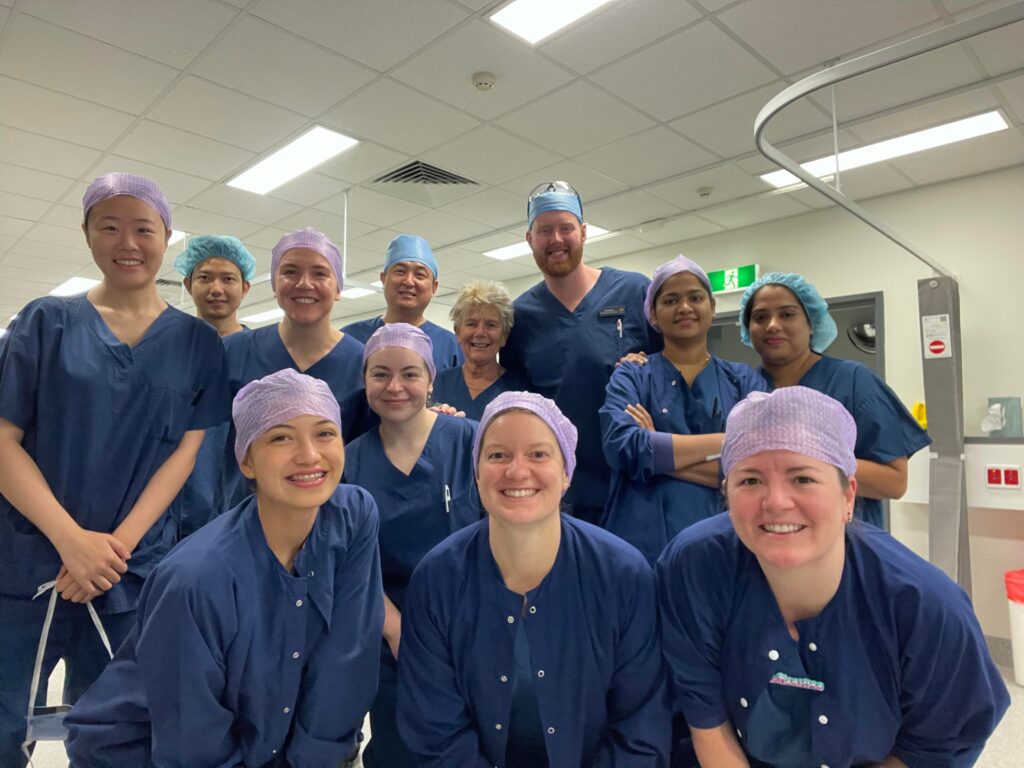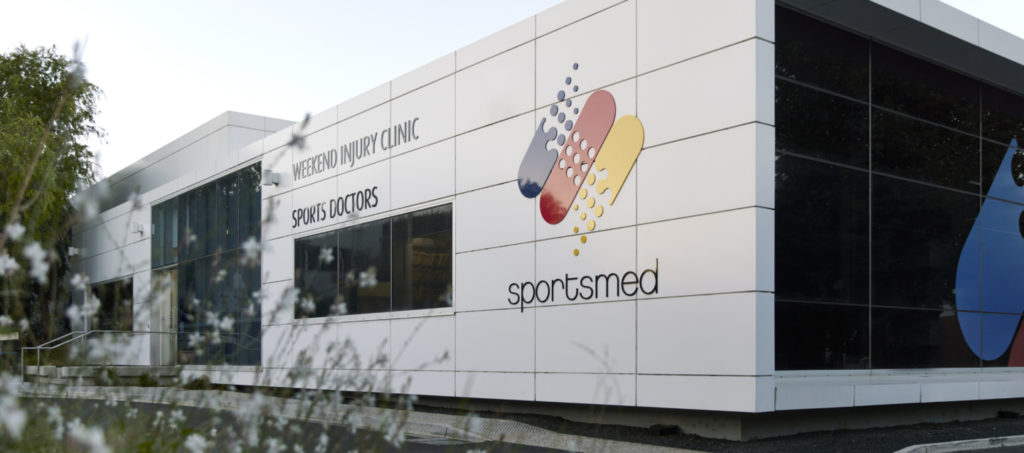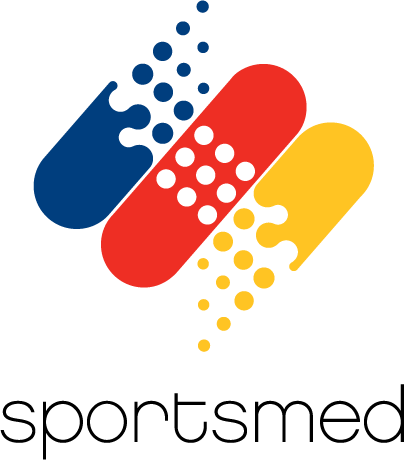A shoulder arthroscopy is a surgical keyhole procedure used to inspect, diagnose and treat ailments of the shoulder joint. The surgeon makes tiny incisions into the skin in order to insert a thin telescope (arthroscope), which features a miniature camera lens and light to magnify and illuminate inside the joint.
Although joint injuries and disease can generally be diagnosed through medical history, physical examination, tests and/or x-rays, an arthroscopy can provide a direct and in-depth analysis and view of the affected area and enables treatment. The arthroscope lens enables surgeons to see more of the joint than possible with a standard, open surgical operation.
Arthroscopy can diagnose and treat a number of conditions that cause damage to bones, cartilage, ligaments, muscles and shoulder tendons. Some of the diseases include:
- Arthritis
- Fractures
- Frozen shoulder (inflammation of joint lining)
- Loose pieces of bone or cartilage
- Rotator cuff calcific deposits
- Rotator cuff tendon impingement or repair tears
- Torn glenohumeral ligaments after dislocation
The aim of arthroscopic surgery is to obtain a diagnosis and with good visibility, complete a repair with minimal damage to surrounding structures.
arthroscopic decompression of the shoulder
Arthroscopic instruments can be used as a surgical option to treat shoulder impingement and rotator cuff tendonitis. Impingement of tendons in the shoulder joint is frequently caused by narrowing of the bony passage under the acromion (bony prominence at the top of the shoulder from the scapula). This creates pain and can be relieved by removing bony spurs or thickened soft tissues via arthroscopic surgery. It is also possible to repair tears in the tendons or ligaments of the shoulder using this technique.
before surgery
Physical Examination
You will undergo an examination to test the range of movement and muscle strength in the shoulder. The evaluation also ensures that you are capable and sufficiently healthy to have an anaesthetic, which is required for the arthroscopic procedure.
Tests
You may require a number of tests including blood analysis, and an electrocardiogram to electronically record the activity of your heart.
X-rays
X-rays and scans such as Ultrasounds or MRIs will be conducted to examine the extent of the damage to the shoulder joint and the assess the shape and structure of the bones of the shoudler.
Medical History
Your sportsmed Surgeon needs to know your medical history and what medications (prescribed and non-prescribed) you are currently taking in order to plan the best treatment. Any and all health problems must be disclosed to avoid issues that may complicate surgery, the anaesthesia process and recovery from the procedure.
Home and Social Planning
Prior to surgery, sportsmed will advise and assist you to make arrangements in preparation for your recovery beyond our care. You will receive information and assistance to ensure social tasks can be completed while you recover. sportsmed can also assist in providing the necessary information for you to access care and support required during your recovery. The helpful hospital staff are available 24 hours a day for any advice you may require in the post-operative period.
after surgery
Following the arthroscopic decompression procedure, you will be fitted with a sling and able to go home the day of the surgery. The aim of arthroscopic decompression is to regain function rapidly.
Those who also require surgical repair of tendons or open surgery beyond arthroscopic treatment may stay in the sportsmed Hospital and can expect a more extended rehabilitation process.
An exercise program will be provided by a sportsmed Physiotherapist prior to the surgery to help with recovery following the procedure. The rehabilitation and recovery can involve a period of range of motion exercises followed by a strengthening program that can span over several months.
risks and complications
As with all surgical procedures, arthroscopic decompression does involve some risks. While your sportsmed surgeon will take every precaution necessary to minimise risk, complications can occur that may have permanent repercussions.
Some specific risks related to arthroscopic decompression surgery include:
- Bleeding
- Bruising
- Infection
- Nerve damage
- Pain
- Stiffness
- Swelling
contact
This fact sheet is a brief overview of shoulder arthroscopy, produced by our Shoulder, Elbow, Wrist and Hand Surgeon Dr Nick Wallwork. To make an appointment or enquiry with Dr Wallwork or one of our upper limb specialists, contact 08 8362 7788 or email ortho@sportsmed.com.au.



